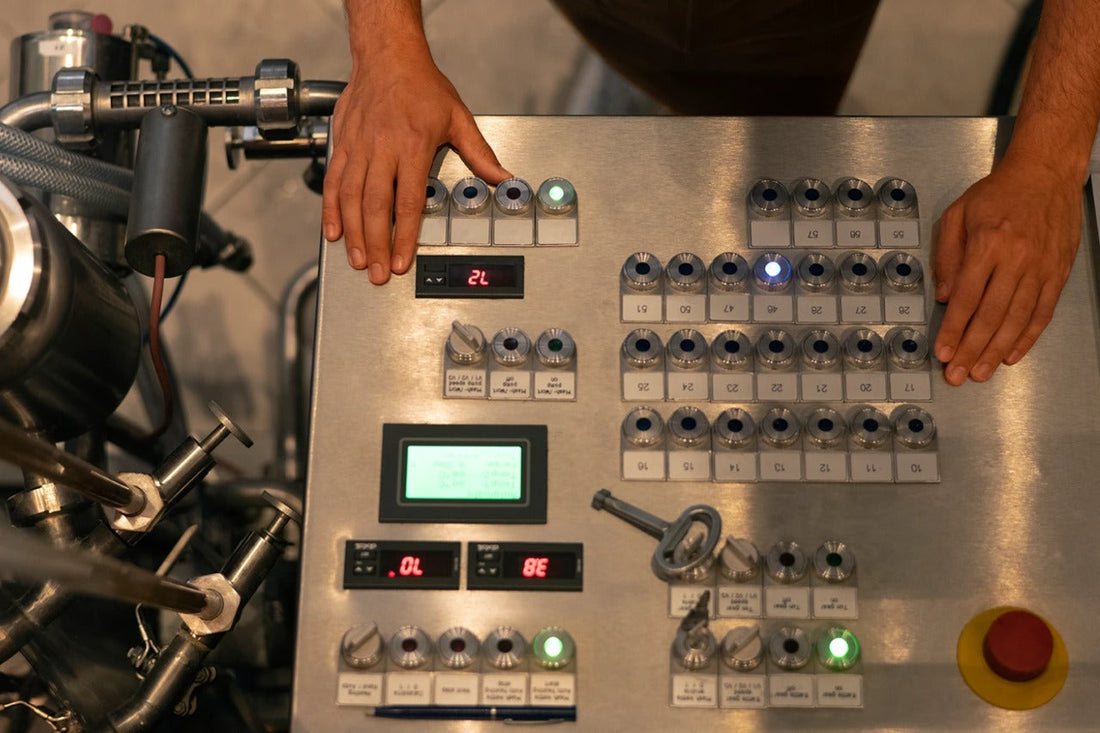
The Importance of Thermal Imaging in Siemens Servo Motor Repair Diagnostics
Jitendra PatiServo motors play a critical role in automation, robotics, and precision manufacturing. Siemens servo motors, in particular, are widely used for their accuracy and durability. But like any piece of industrial equipment, they are not immune to wear, overheating, or internal damage. This is where diagnostics come into play. When it comes to Siemens servo motor repair in Canada, thermal imaging has become one of the most effective tools for pinpointing faults quickly and accurately. It not only helps in detecting problems but also saves time and prevents costly downtime.
The Role of Heat in Servo Motor Failures
Heat is often the first sign that something is wrong inside a motor. Faulty bearings, insulation breakdown, poor connections, or even minor misalignments can generate excess heat. If these issues go unnoticed, they can snowball into full motor failure. Traditional diagnostic methods like voltage checks or resistance testing are useful, but they may not always detect early-stage heating problems.
Thermal imaging fills this gap. By capturing infrared images, technicians can clearly see temperature variations across different parts of the motor. These images reveal hidden issues that could otherwise remain undetected until it’s too late.
How Thermal Imaging Works in Diagnostics
Thermal cameras detect infrared radiation emitted from the motor and convert it into visual heat maps. These colour-coded images display hotspots, cooler zones, and irregular patterns that point to specific faults. For instance:
· A concentrated hotspot might indicate a failing winding.
· Uneven heat patterns could suggest alignment or balance issues.
· Excessive heat at terminals may signal loose or corroded connections.
By providing this level of detail, thermal imaging helps technicians make informed decisions about repair or replacement, ensuring that Siemens servo motor repair in Canada is done with accuracy and efficiency.
Benefits of Using Thermal Imaging in Siemens Servo Motor Repair
The advantages of thermal imaging go beyond just fault detection. Some of the key benefits include:
· Non-invasive testing: Thermal imaging does not require dismantling the motor, which saves both time and labour costs.
· Early detection: Small problems are identified before they escalate into major failures, reducing downtime.
· Increased reliability: Regular thermal imaging checks extend the life of Siemens servo motors by addressing issues early.
· Improved safety: Overheating motors can be a fire hazard. Identifying hot spots early protects workers and equipment.
In short, this diagnostic method ensures repairs are targeted and effective, avoiding unnecessary replacements or repeated breakdowns.
Why It’s Especially Valuable in Canada’s Industrial Sector
Industrial facilities across Canada rely heavily on automation and CNC machinery powered by Siemens servo motors. From automotive plants in Ontario to manufacturing hubs in British Columbia, downtime can mean huge financial losses. Using thermal imaging during Siemens servo motor repair in Canada provides businesses with a competitive edge by offering faster troubleshooting, accurate repairs, and a proactive approach to maintenance.
Moreover, Canada’s wide temperature variations add an extra challenge. Cold starts in winter and heavy workloads in summer can stress motors. Thermal imaging helps technicians monitor how these seasonal changes affect performance, ensuring motors run reliably all year round.
Looking Ahead: The Future of Repair Diagnostics
As technology advances, thermal imaging is evolving too. High-resolution cameras, AI-assisted image analysis, and integration with predictive maintenance systems are making this tool even more powerful. The future of Siemens servo motor repair will likely rely on combining thermal imaging with other smart diagnostic tools, creating a complete picture of motor health.
Some Final Thoughts
Thermal imaging is more than just a “nice-to-have” tool; it’s becoming an industry standard in diagnosing servo motor issues. By providing real-time insight into heat patterns, it allows technicians to detect hidden problems, optimise repairs, and prevent unexpected shutdowns.
Think of it as a pair of x-ray glasses for your Siemens servo motor. You don’t just see the surface; you see the story underneath. And in the world of industrial automation, seeing that story early can be the difference between a minor repair and a major disaster.
